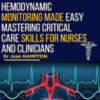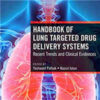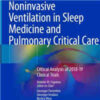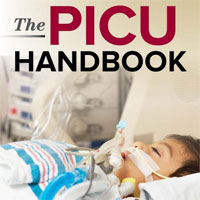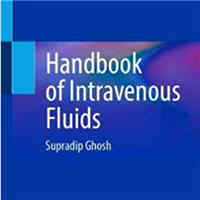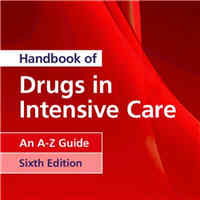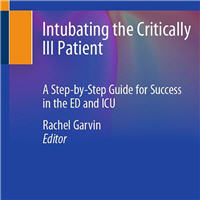Cardiac Arrest Following Prone Positioning
cureus.comThe complications that can arise from the prone position are often underestimated. Proceduralists, surgeons, and anesthesiologists need to be thoroughly knowledgeable about the common physiological changes that can occur when the prone position is utilized.
It is crucial to have a comprehensive discussion about high-risk patients, assess their capacity to tolerate the prone position, and create a plan that minimizes potential risk to the patient.
Physicians should consider alternative positions, such as the lateral or supine positions, when possible.
When the prone position is necessary for the aforementioned high-risk patients, it is recommended to secure arterial and venous access while the patient is in the supine position.
Inotropes and vasopressors should be readily available in the room and may need to be initiated before transitioning to the prone position to prevent hemodynamic instability.





